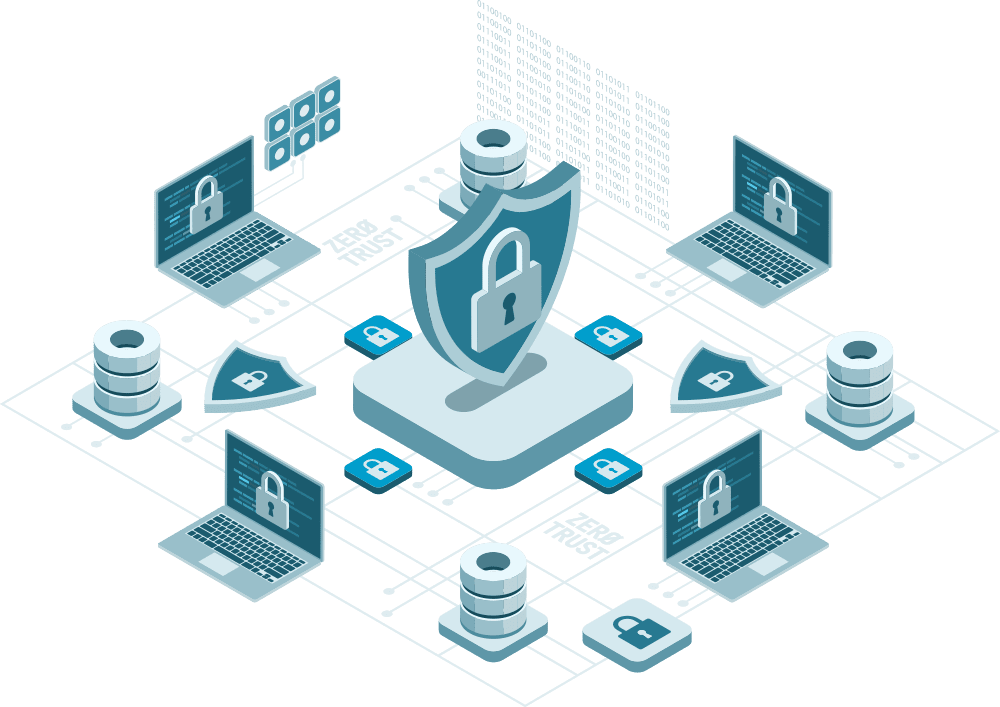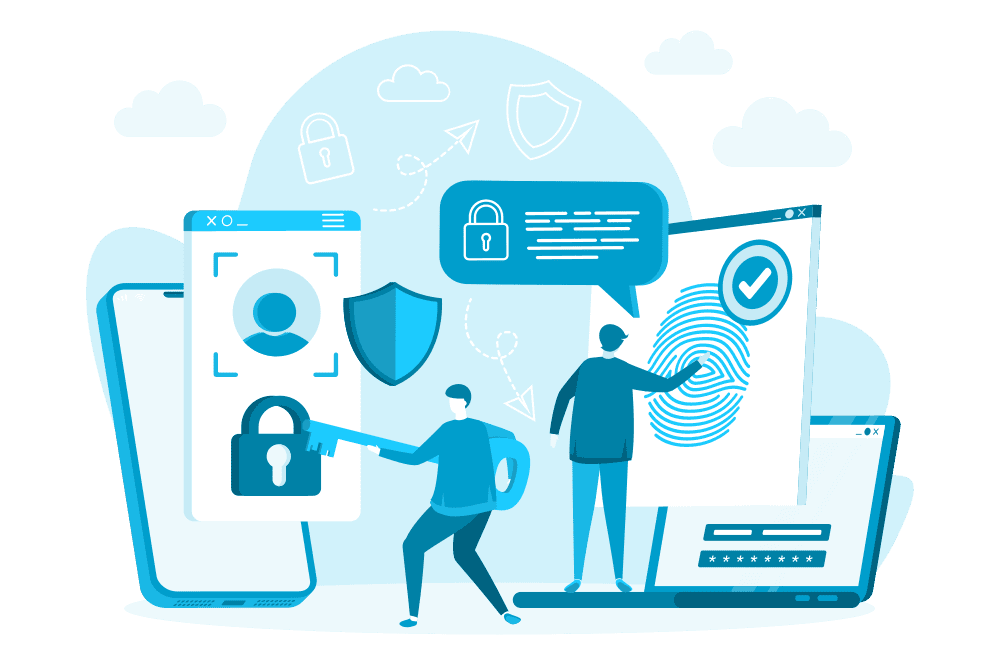
Creating an Identity Zero Trust Strategy
Establishing an Identity Zero Trust strategy ensures that security measures align with business priorities.
Create an Identity Zero Trust strategy from the outset to ensure your organization’s security measures align with business priorities. Outlining goals and expected results can help gain buy-in from key stakeholders along the way.
Integrate Identity Zero Trust principles into your policies and procedures, such as least privilege access and strong authentication. Train employees on these principles so they understand how their actions impact security at your organization.
Key Actions for a Strong Identity Zero Trust Foundation
- Define clear goals and expected results to gain stakeholder buy-in.
- Integrate Zero Trust principles into policies and procedures, such as:
- Least privilege access (users only get necessary permissions).
- Strong authentication (multi-factor authentication and risk-based access).
- Educate employees on security best practices and their impact on cybersecurity.


Modern Access Controls and the Focus on Identity Architecture
Modern access control systems are designed to safeguard digital and physical assets in an integrated fashion, including protecting sensitive areas within buildings from unauthorize physical access and shielding data from hacking or phishing attacks which originate either inside or outside network perimeter.
Newer access control technologies offer a far superior user experience to older ones; rather than using isolated local servers that required on-site management teams for administration and remote monitoring capabilities, modern access control technologies are centralized cloud-based solutions with multiple methods of authentication to make it harder for hackers to breach security systems.
Mastering Identity Architecture (IAM) best practices is no simple task. IAM covers various disciplines within its discipline such as authentication, privileged identity management, authorization and access control and identity federation. Furthermore, Identity Architecture also encompasses identity lifecycle management such as user onboarding/offboarding processes, permission management processes and resource provision.
Building an IAM infrastructure, one key best practice should be having one authoritative source of user data. Decisions regarding access revocation and grant rely on this data, so its collection and maintenance by trusted parties must remain continuous; its accuracy must also be validated regularly and stored safely in one central repository.
Automating access provision and deprovision based on identity lifecycle events is also a best practice that should be adopted, since this minimizes manual user credential tracking while making it easier to detect potential compromises quickly when they arise.
Security leaders need to trust the identity data they are using in order to make accurate access decisions at the appropriate times. This requires regularly collecting and validating identity data, storing it securely in a central repository accessible by all components in an IAM infrastructure and creating policies which govern access privileges for all identities ranging from employees, third-party suppliers, customers, application users and system administrative users – key steps towards realizing zero trust by placing identity first.
Modern access control systems safeguard both digital and physical assets, ensuring:
Traditional vs. Modern Access Control Technologies
| Traditional Access Control | Modern Access Control |
|---|---|
| On-premise, isolated servers | Cloud-based, centralized security |
| Manual access administration | Automated, real-time access control |
| Single-factor authentication (passwords) | Multi-factor authentication (MFA), biometrics |
| No remote monitoring | AI-driven anomaly detection and risk assessment |
Cloud-based solutions enhance user experience by offering centralized security, multiple authentication methods, and stronger protection.
Mastering Identity Architecture (IAM) Best Practices
Zero trust may be an emerging security trend, but mastering it is no simple matter. Zero trust requires more than products or solutions; rather it involves changing one’s mindset around security for all aspects of an organization’s network – from devices to data. To successfully implement zero trust into an infrastructure environment it’s vital that full knowledge be had regarding all current users, endpoint devices, and any third-party services within it as well as any third-party relationships which might impact implementation success.
An effective Identity and Access Management solution is vital to identifying a potential attack surface and determining the level of risk required for accessing critical resources. A robust IDAM solution should include multi-factor authentication (MFA), where users provide their username/password combination plus another factor such as SMS code sent directly to their phone or biometric scans as part of the authentication process.
Once this infrastructure is in place, an organization can implement zero trust policies tailored to its unique requirements. This should include using security policies to implement micro-segmentation to safeguard data and continuously verifying identity, devices and context – it is recommended to assume breach situations exist and always authenticate, authorize, and verify on all available data points such as device location service data source workload etc.
By employing Zero Trust practices in this way, organizations are able to limit lateral movement of attacks by reducing attack surface area and protecting their most essential assets. Furthermore, Zero Trust implementation helps organizations limit breach impacts by limiting “blast radius” of compromised devices or systems.
Implementing zero trust architecture can be complex, particularly when combined with legacy systems and workflows. Implementation involves significant investments in new technology, changes to how people work and the ability to alter business processes – something which must be handled carefully or risk causing significant productivity disruptions. With proper tools and guidance from experienced providers however, the advantages of zero trust architecture can become apparent quickly.
IAM is a critical pillar of Zero Trust, covering several key disciplines:
Key IAM Components
- Authentication – Verifying user identity before granting access.
- Privileged Identity Management (PIM) – Restricting administrative access to high-risk systems.
- Authorization & Access Control – Assigning role-based permissions.
- Identity Federation – Enabling secure access across multiple applications.
- Lifecycle Management – Automating user onboarding, offboarding, and permission changes.
Best Practices for IAM Implementation
- Maintain a single authoritative source of user data.
- Automate access provisioning and deprovisioning.
- Store identity data securely in a centralized repository.
- Continuously validate identity data for accuracy and security.

Mastering the Best Practices Around Zero Trust
Zero Trust is more than just technology—it’s a security mindset shift.
Essential Components of Zero Trust Implementation
- Understand all users, endpoint devices, and third-party relationships.Use a robust IAM solution, including:
- Multi-factor authentication (MFA)
- Context-based access (device, location, risk score)
- Privileged identity controls
- Apply micro-segmentation to restrict unauthorized movement.
- Continuously verify identity and context for every access attempt.
Implementing Zero Trust in Enterprise Security

How Zero Trust Strengthens Security
- Reduces attack surface by verifying every access request.
- Prevents lateral movement of threats using segmentation and least privilege access.
- Assumes a breach scenario, enforcing authentication at multiple levels.
Security Policies for Implementing Zero Trust
| Security Control | Purpose |
|---|---|
| Micro-Segmentation | Isolate networks to prevent lateral movement. |
| Continuous Authentication | Ensure ongoing verification of users and devices. |
| Least Privilege Access | Restrict user permissions to only necessary access. |
| Zero Trust Policies | Define security rules based on risk levels and behavior analytics. |
Putting Identity First in Zero Trust Security
As cybersecurity threats grow, organizations must ensure identity remains the foundation of Zero Trust.
What Zero Trust Authentication Requires
- Verifying all users, devices, and applications before granting access.
- Preventing unauthorized access through strict authentication policies.
- Using behavioral analytics and risk-based scoring to detect anomalies.

As threats become increasingly complex, Zero Trust security becomes an essential element of enterprise infrastructure protection. But as organizations focus on it too exclusively, there’s a real risk that they become so fixated on it that they neglect other essential elements of an effective security architecture.
Zero Trust was pioneered by former Forrester Research analyst John Kindervag and takes a “never trust, always verify” approach to cybersecurity. By authenticating all users, devices and applications prior to being granted entry into the network, Zero Trust ensures that any suspicious activities and threats can be quickly detected and eliminated before becoming breaches.
Many CISOs are beginning to recognize the value in adopting Zero Trust as part of their enterprise security plan, and how important it is that users have access to applications and functions in the most secure environments possible. Unfortunately, not every organization has put in place all of the controls needed for an effective implementation of this strategy.
Identity authentication should never be seen as an alternative to other core processes like continuous monitoring and authentication, micro-segmentation, advanced encryption or behavioral analytics. While following best practices for identity access control is crucial, this should not serve as a replacement.
One common misperception about zero trust is that it only involves human identities. However, zero trust involves machine identities as well (applications, workloads and devices). This fact should be remembered because one compromised user using one compromised device could do great damage.
To counter this threat, zero trust requires taking an in-depth inventory of all devices and users connected to a network – both BYODs and third-party ones – which connect with it. Furthermore, each identity should be managed responsibly with only what privilege is necessary to complete its task effectively.
Ensuring each device and user are being handled securely will make preventing cyber breaches, which could cost organizations millions, much simpler. In order to accomplish this, organizations should implement Zero Trust security protocols while prioritizing both human identities as well as machine identities within their operations.
Addressing Common Zero Trust Misconceptions
| Misconception | Reality |
|---|---|
| Zero Trust only applies to human identities | Includes machine identities (applications, workloads, devices). |
| MFA alone is enough for Zero Trust | Requires continuous monitoring and policy enforcement. |
| Zero Trust is a one-time implementation | Needs ongoing updates and security assessments. |
Mastering Your User Identity Landscape
Zero Trust approaches place identity at the core of their security strategies, verifying every access attempt by thoroughly vetting each individual human or machine (or combination) that attempts to access a network, API server or application they’re seeking to reach. This provides organizations with granular access control, adheres to least privilege principles, reduces attack surfaces by eliminating vulnerabilities, and ensures security is an enabler of business innovation.
Authentication and authorization should be ongoing and should include multiple data points, such as device, user, location, service provider, workload and classification of data. This contextual analysis ensures a system of constant verification which works alongside the principle of least privilege to ensure users only gain access to resources necessary for performing legitimate business functions.
Zero Trust architectures provide protection from a variety of threats, such as cyber-attacks, insider threats and other risks. But it’s important to note that this model alone is no guarantee against attacks; even with all of the right infrastructure in place you still must remain proactive against these attacks – for instance by regularly adding new technologies and following best practices to strengthen your infrastructure further.
Zero Trust solutions have evolved significantly over time to protect against previously insurmountable threats such as credential thefts and man-in-the-middle attacks, providing visibility into user, application, and device behavior as a continuous verification system detects such attacks as they happen.
As cybersecurity evolves, traditional perimeter approaches to network security no longer suffice. More organizations are turning towards Zero Trust security which can address all these evolving threats while giving businesses confidence in adopting new applications, implementing AI systems, expanding into new markets or encouraging hybrid work arrangements. However, in order to be effective, it requires proper infrastructure as well as following all eight best practice elements of Zero Trust security.
How Zero Trust Enhances Identity Security
- Every access request is vetted (human and machine identities).
- Access follows least privilege principles to reduce risk.
- Granular access control is enforced across all network layers.
Zero Trust Authentication & Authorization Factors
- User Identity Verification
- Device Health Assessment
- Location-Based Contextual Access
- Behavioral Analytics & Risk Scoring
- AI-Driven Continuous Authentication

Conclusion: The Future of Zero Trust Security
Key Takeaways
- Zero Trust is a continuous process, not a one-time solution.
- Identity-first security ensures authentication at every stage.
- IAM best practices reduce access risks and strengthen cybersecurity.
Next Steps
- Evaluate current identity security measures.
- Implement Zero Trust in phases across high-risk areas.
- Stay tuned for Part 2: Implementing Zero Trust for Cloud Security.



